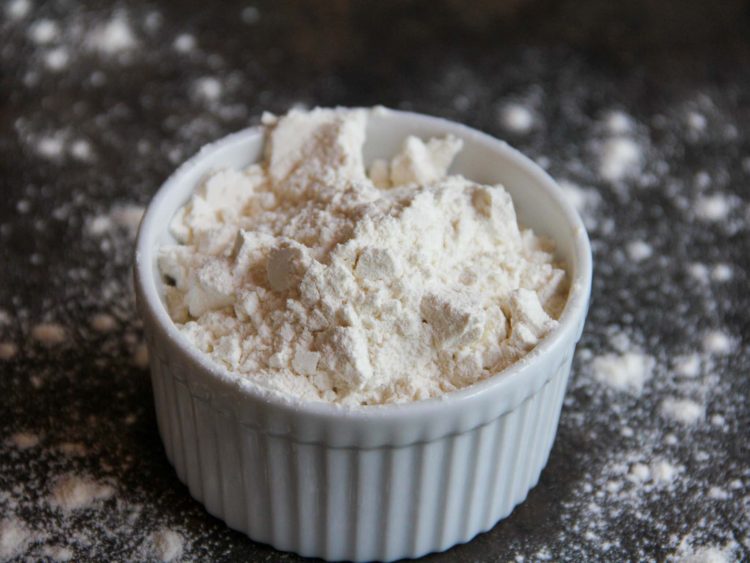Flours can be very overwhelming. Depending on how much you know about baking, the abundance of choices can either be terrifying or exciting. Flour is necessary for almost all baked goods, as one of the three main structure builders. To find a substitute for a flour, pick the right one, or just to understand the baking aisle a little more, you must know the basic differences. Lucky for you, I created this article to teach you just that.
Understanding the Composition of Flour
To understand how different flours work, you must first understand how gluten and other components in flour work. Flour itself does not contain gluten, but it contains the proteins glutenin and gliadin. When combined with water during the mixing process, these proteins combine to form gluten. Without water, gluten can not develop.
Glutenin and gliadin both have different properties to contribute to gluten. Glutenin provides the strength necessary to hold the structure, but gliadin binds everything together. Flours have different levels of these proteins and therefore, have very different results when used in baking.
Although these proteins are extremely important and impact flour the most, the biggest component of flour is starches. For example, in bread flour, proteins make up 12% of flour, but starches make up a whole 71%.
Types Of Flours
All-Purpose flour
All-Purpose Flour is definitely the most commonly used type of four. You will see that for almost every one of my recipes, I use all-purpose flour. AP flour typically has between 9.5 and 11.5% protein, making it very versatile. It usually contains added vitamins and minerals. AP flour will ensure a tender, soft crumb when used correctly. I use all-purpose flour in almost everything because it is very flexible.
Bread Flour
Bread flour, not surprisingly, is used mostly in bread. It has an extremely high protein content, 12-14%, making it very good for a chewy texture, building structure, creating a fine crumb, and creating a high volume of dough.
Pastry Flour
Pastry flour, unlike bread flour, has a very low protein level, with only 7-9.5%. This ensures a fine crumb. Pastry flour tends to stay very soft and fluid in the early cooking process, allowing cookies to stretch farther and cakes to rise higher.
Cake Flour
Cake Flour has a protein content of 6-8%, the lowest of them all. Cake flour is typically chemically bleached, resulting in a stark white color. One of those chemicals is chlorine. Chlorine weakens gluten but allows the starch to absorb more liquids and oils. Cake flour provides baked goods with a fine crumb and soft texture.
Whole Wheat Flour
Whole wheat flour, aka graham flour, has a high protein content, 11-14%, but it still does not form as much gluten as most white flours. Whole wheat flour has earned its name because it contains all three parts of a wheat kernel. This flour typically renders denser and drier products. It contains lots of mineral-rich bran. It has an almost nutty flavor that is very different from the other flours.
High Gluten Flour
High gluten flours, as you could guess, have an extremely high percentage of protein, typically 13.5-14.5%. They sometimes even have additives to produce even stronger gluten formations. They require a very high amount of liquid to form an acceptable dough, but they can withstand much more over-mixing then other flours. This flour is used almost exclusively for yeast containing baked items, such as bagels.
That’s it for now!
My Research Resources:
Figoni, Paula, and Tish Boyle. How Baking Works: Exploring the Fundamentals of Baking Science. John Wiley & Sons, Inc., 2011.
Bread Illustrated: a Step-by-Step Guide to Achieving Bakery-Quality Results at Home. America’s Test Kitchen, 2016.

